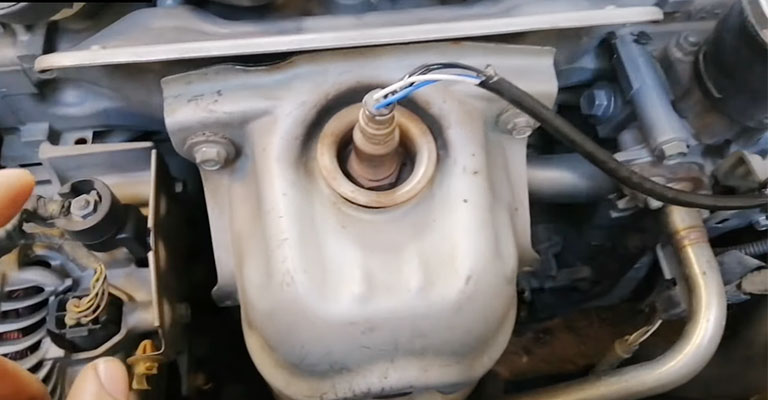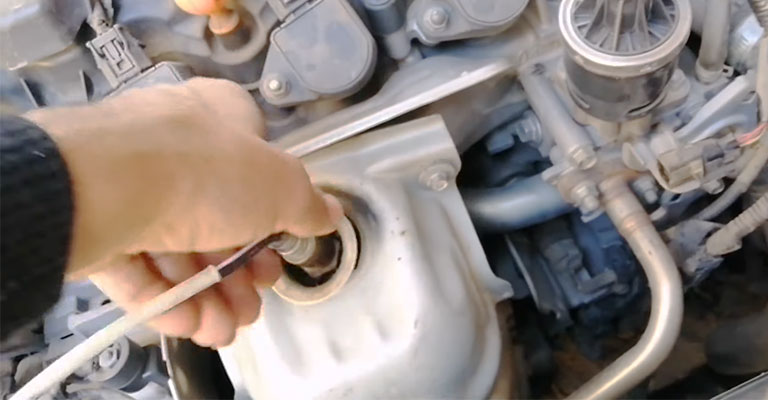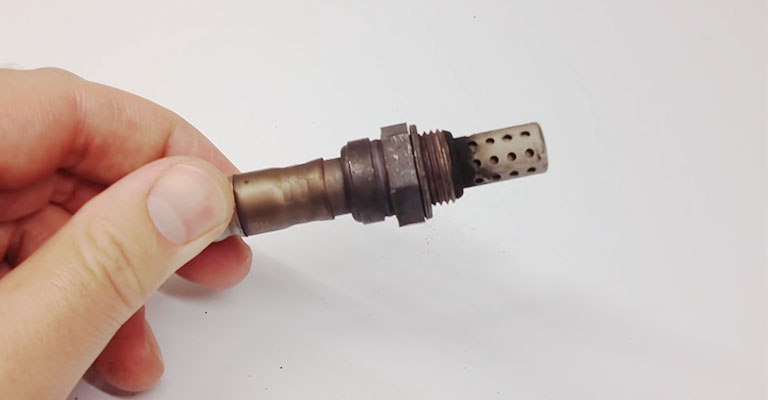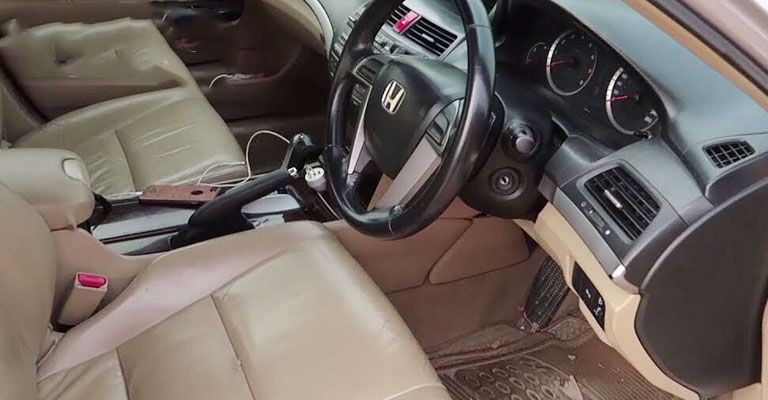A P1157 code indicates that the primary AF sensor is malfunctioning. Make sure the wiring has not been chewed on by rodents. Built into the sensor are a fuse and a relay for the heater.
If this code is displayed, it means the air/fuel sensor closest to the engine has failed in bank 1. Replacing the sensor should solve the problem. If you are driving your vehicle, you should stop. The code needs to be repaired as soon as possible.
Honda Accord P1157 Engine Trouble Code Meaning
In the case of the P1157 fault code, the front air/fuel sensor circuit contains a high voltage. As a result, the voltage in the circuit is not dropped as it usually would if the sensor was functioning correctly.
The exhaust sensor in front of the catalytic converter is involved here. The air-fuel ratio sensor 1 is malfunctioning, which means there is a problem.

Oxygen content in exhaust gasses is detected by the Air/Fuel Ratio sensor 1 in the exhaust system. Engine Control Modules (ECMs) receives output voltage from the A/F sensor.
What Causes Honda Accord P1157 Engine Trouble Code?
In the A/F sensor (sensor 1), a heater is embedded in the sensor element. By controlling current flow through the heater, stabilizes and speeds up oxygen content detection.
There is a limit to the amount of oxygen that can pass through the diffusion layer as the voltage applied to the element electrode increases.
Fuel injection timing is controlled by the ECM based on the comparison of a set target air/fuel ratio and the detected air/fuel ratio measurement of the current amperage.
Fuel injection timing is controlled by comparing the target air/fuel ratio to the air/fuel ratio detected by the ECM.

The ECM uses the A/F feedback control to issue a Rich command when the voltage of the A/F sensor (sensor 1) is low. The ECM uses A/F feedback control if the voltage of the A/F sensor (sensor 1) is high, indicating a rich air/fuel ratio.
Whenever the power is drawn to the A/F sensor (sensor 1) heater, a malfunction is detected if the element does not operate, or the ECM terminal voltage is less than a set value for a set time period.
Honda Accord P1157 Common Causes
The sensor’s electrical connection might be poor, wiring between the sensor and the computer might be damaged, the sensor itself might be faulty, or the computer might malfunction (rare). For example, an open circuit in the harness or a poor connection at the sensor would cause this problem.

Honda Accord P1157 Possible Solution
An ignition control system or fuel injection computer receives signals from the crankshaft sensor when the cylinders are firing. In this manner, the ignition coil provides a spark, and the injector injects fuel into each cylinder at the right time.
It’s possible that the car would run rough if either sensor malfunctioned, and its engine would be less efficient. So, it is common for cars’ computers to keep the vehicle running in later models, but the dashboard’s engine warning light goes on to alert the driver.

What Is An Air-Fuel Ratio Sensor?
Air-fuel ratio sensors (also known as air-fuel sensors) are simple devices found in your vehicle’s engine. Your car’s ECU (central computer) constantly measures the amount of oxygen in exhaust gases.
With this information, you can control your engine’s fuel economy, richness, speed, and leanness. You have this feature in your car. Performance can even be optimized by your ECU.
You’ll need a properly functioning air-fuel sensor to maintain a healthy engine. Engineers designed the engine to run at optimum air/fuel levels because that’s how it’s supposed to run.

You will see a check engine light on your dashboard if the ratio changes too much in either direction. As a result, your engine will be “dumbed down,” allowing you to limp it to your nearest auto mechanic for repair. The car will still be there at the end, so even if it seems extreme, you will still have one.
What Is The Location Of The Air-Fuel Ratio Sensor?
A sensor for measuring the air-fuel ratio can be found in the front exhaust pipe or exhaust manifold. It measures the amount of air in your exhaust to determine your current air-fuel ratio.
Why Do Sensors Fail?
The air-fuel sensor is affected by fuel, grime, dirt, debris, and physical damage, just like any other sensor on your vehicle.
Because the sensor is located in your exhaust system, it cannot be easily removed for cleaning (I can’t think anyone would do that). So, when it breaks, simply replace it. I recommend doing that, at least.

What If Your Air-Fuel Sensor Fails? Can You Still Drive?
If your air-fuel sensor is faulty, you could drive, but we wouldn’t recommend driving for very long with a check engine light on. Depending on what’s wrong with your air-fuel sensor, it may not be a catastrophic engine malfunction, but it may not be apparent to the average driver.
In this case, you should take the vehicle to a mechanic if the check engine light is on. Alternatively, if they insisted it was a faulty sensor, you could have it replaced if you were willing to spend the money. You should limit the number of trips you drive to those necessary if you do not.

Air-Fuel Ratio Sensor Replacement Cost
There are several factors to consider, including the mechanic’s rate and vehicle type. More expensive cars are generally associated with more expensive parts, resulting in more expensive repairs. This repair will cost you anywhere from $50 to $200.
The Bottom Line
A genuine Honda sensor can be found in the dealer’s parts department if you need to replace the sensor. However, a common problem with aftermarket ones, especially those sold in discount auto parts stores, is that they are out of calibration, and the same fault code recurs even after replacement.

Leave a Reply